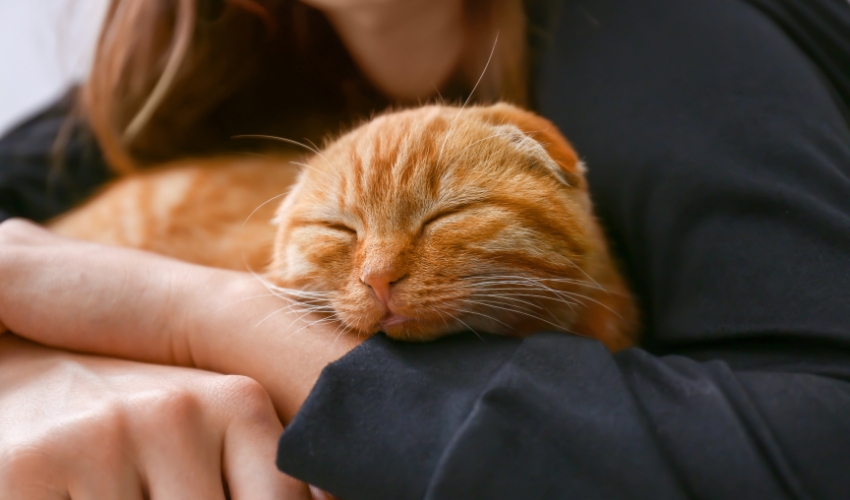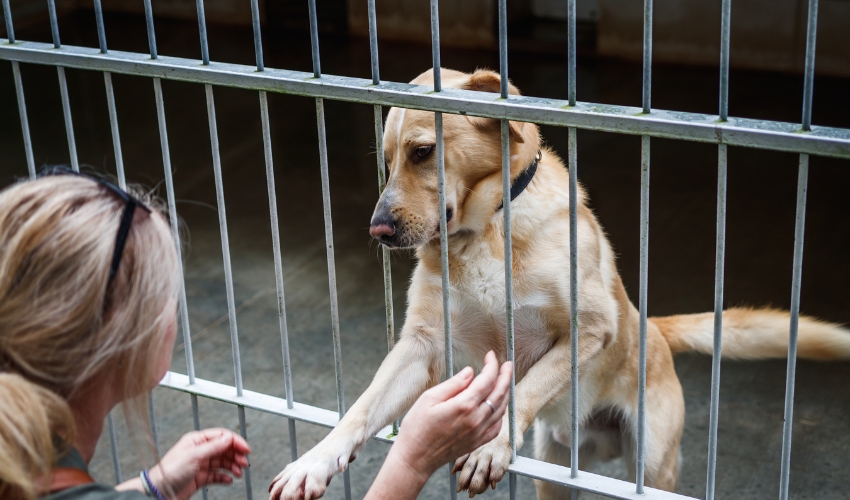
Diabetes insipidus, also known as water diabetes, is a condition that impairs the body’s ability to properly conserve or release water. Unlike Diabetes mellitus or sugar diabetes, which causes urine to become “sweet”, this disorder often dilutes urine with large amounts of water, making it “tasteless” or insipid.
Generally, cats and dogs that have diabetes insipidus produce so much water in their urine that they end up becoming urinary incontinent, or incapable of controlling the outflow of urine. However, compared to diabetes mellitus, it’s less common in animals.
What Causes It?
Pets can develop diabetes insipidus if their body doesn’t produce or respond to the antidiuretic hormone (ADH) or vasopressin, which is the one responsible for helping the kidneys regulate the amount of water inside the body.

This can happen as a result of several things, including trauma, birth defects, medications, or underlying medical conditions that affect the pituitary gland (the organ that controls the production of hormones, including ADH), like pituitary tumors, Cushing’s syndrome, and acromegaly (overproduction of growth hormones).
What Does Diabetes Insipidus Look Like?
There are two types of diabetes insipidus that affect pets: neurogenic or central diabetes insipidus and nephrogenic diabetes insipidus. While neurogenic diabetes insipidus develops if the body doesn’t produce enough ADH, nephrogenic diabetes results when the kidneys don’t respond to available ADH.

Regardless of the type of diabetes insipidus that an animal has, their body will push out a lot of water, ultimately causing excessive thirst and increased urination. However, it may also lead to poor skin and coat conditions, dehydration, decreased urination, behavioral changes, restlessness, and urinary incontinence.
How Is Diabetes Insipidus Diagnosed?
If you notice any of the above signs in your pet, bring them to the vet right away. Your veterinarian will want to do a series of laboratory tests to rule out other possible causes. Normally, an imaging device like a CT (computed tomography) scan or an MRI (magnetic resonance imaging) is used to check if there are any tumors on the pituitary gland.

To determine whether your pet has neurogenic or nephrogenic diabetes insipidus, your veterinarian may do a water deprivation test. Animals with neurogenic diabetes insipidus will not be able to hold on to water, so without it, they’ll lose weight. If there are no changes, your veterinarian will move on to doing some blood and urine tests to check for nephrogenic diabetes insipidus.
How Is Diabetes Insipidus Treated?
Just like diabetes mellitus, diabetes insipidus isn’t completely treatable and can only be controlled through lifestyle changes and long-term use of medications. However, treatment for diabetes insipidus doesn’t involve the use of insulin and will depend on which type your pet has.

If they get diagnosed with neurogenic diabetes insipidus, your veterinarian will provide you with a synthetic hormone called desmopressin acetate, which is formulated to mimic ADH or vasopressin. It can be administered as eye drops or injected into the skin.
On the other hand, if your pet has diabetes insipidus, your veterinarian will prescribe you a medication called hydrochlorothiazide, which is given orally. They may also advise you to put your pet on a low-salt diet to prevent their kidneys from producing too much urine.
How Can Diabetes Insipidus Be Prevented?
Since diabetes insipidus develops as a result of genetics and underlying medical conditions, it’s extremely difficult—if not impossible—to prevent. The best way to reduce your pet’s chances of developing the condition is to make sure that they stay healthy through proper diet, adequate exercise, and regular vet visits.

If you have a pregnant cat or dog, prevent birth defects by providing the soon-to-be fur mom with nutritionally balanced foods, necessary vitamins, and a safe, stress-free environment. Additionally, if your pet is taking medications, always follow your veterinarian’s instructions carefully to avoid incorrect dosing and drug-related complications, like pituitary gland damage.











